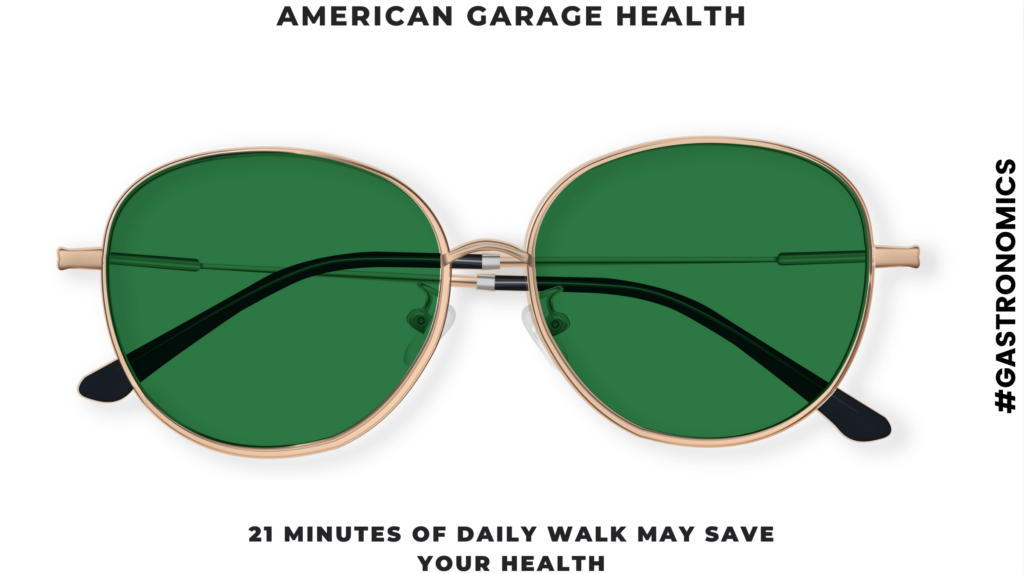
Summary
Researchers continued to build a case for green light therapy in the chronic pain population, despite rocky preliminary data from a small randomized trial. Wearing green spectacles may lessen anxiety caused by fear in particular.
Among 34 opioid users with fibromyalgia, the 12 randomized to wear green glasses trended nonsignificantly toward reduced anxiety on the PROMIS-57 scale compared with peers who wore blue or clear glasses instead (median -3 vs. +3.5 vs. +2 points,?P=0.11).
The null result persisted upon adjustment for age and compliance, but there was a signal that green glasses could reduce fear-based anxiety in particular (P=0.03), reported Amanda Nelli, MD, a postdoctoral researcher at Duke University Medical Center in Durham, North Carolina, at this year’s American Society of Anesthesiologists(ASA) annual meeting.
“We found that although their pain scores remained the same, those who wore the green eyeglasses used fewer opioids, demonstrating that their pain was adequately controlled,” noted co-author Padma Gulur, MD, also at Duke, in a press release. “Our research found that certain wavelengths of green light stimulate the pathways in the brain that help manage pain,” Gulur said. “There is an urgent need for additional treatments to reduce the use of opioids among patients with fibromyalgia and other types of chronic pain, and green eyeglasses could provide an easy-to-use, non-drug option.”
The hypothesis is supported by the literature linking anxiety to higher opioid use and showing that pain shares similar biological mechanisms with anxiety.
Nelli noted that many patients taking opioids for chronic pain are reluctant to decrease their regimen due to the fear of severe pain. This fear-based anxiety can lead to the escalation of opioid use. To successfully reduce or eliminate opioid use in these individuals, their concerns must also be addressed, she said.
Pain medicine specialist Mohab Ibrahim, MD, Ph.D., of Banner-University Medical Center and the University of Arizona, Tucson, and colleagues previously showed in a small trial that green LED exposure was associated with a reduction in average pain intensity in people with fibromyalgia. In another report, they found that green LED exposure was linked with fewer headache days in people with episodic and chronic migraine.
The new research from Duke is “inspiring news” and “confirms our findings, said Ibrahim. I think if they increased the treatment time from 4 weeks to maybe 8 or 12 weeks, the results would have been statistically significant,” he said.
Study Details
For the study, fibromyalgia patients were randomized to blue, unfiltered, or green light therapy and were instructed to wear their assigned glasses for at least 4 hours per day for two weeks.
Nelli and the team cautioned that they started with 45 people randomized and ended with 34 completing the study; four individuals had been added to the clear glasses group because of a lower initial completion rate related to excess adverse events (namely headaches). Participants completed the PROMIS-57 questionnaire at baseline and two weeks after intervention.
What’s Next
Gulur said the group is also pursuing research on green eyeglass treatment for patients with other chronic pain conditions.
“There remains some skepticism about phototherapy in general and green light therapy in particular,” Ibrahim noted. “I hope these results will encourage other researchers to look into phototherapy [as] a new platform of medicine to manage many medical conditions.”